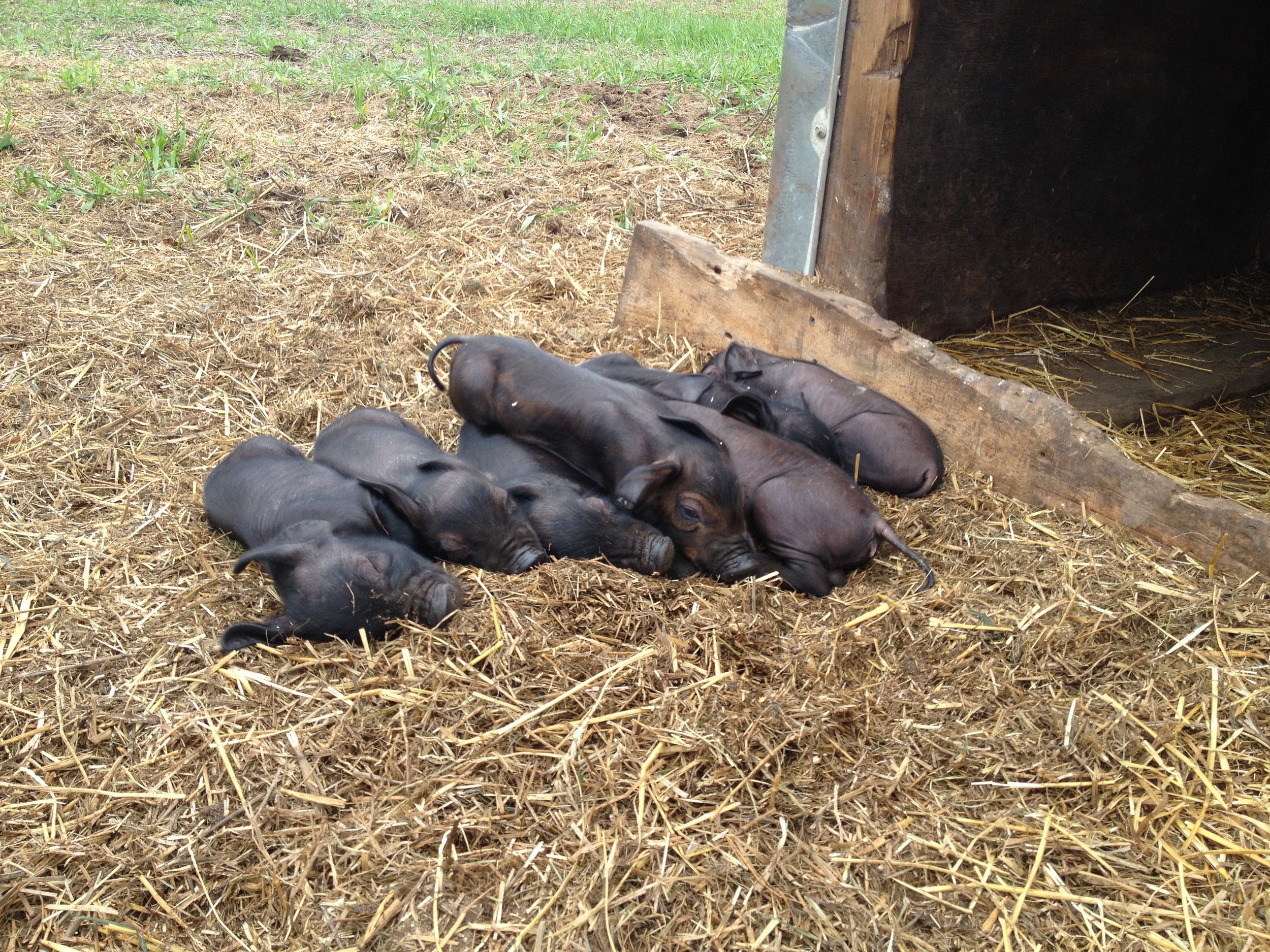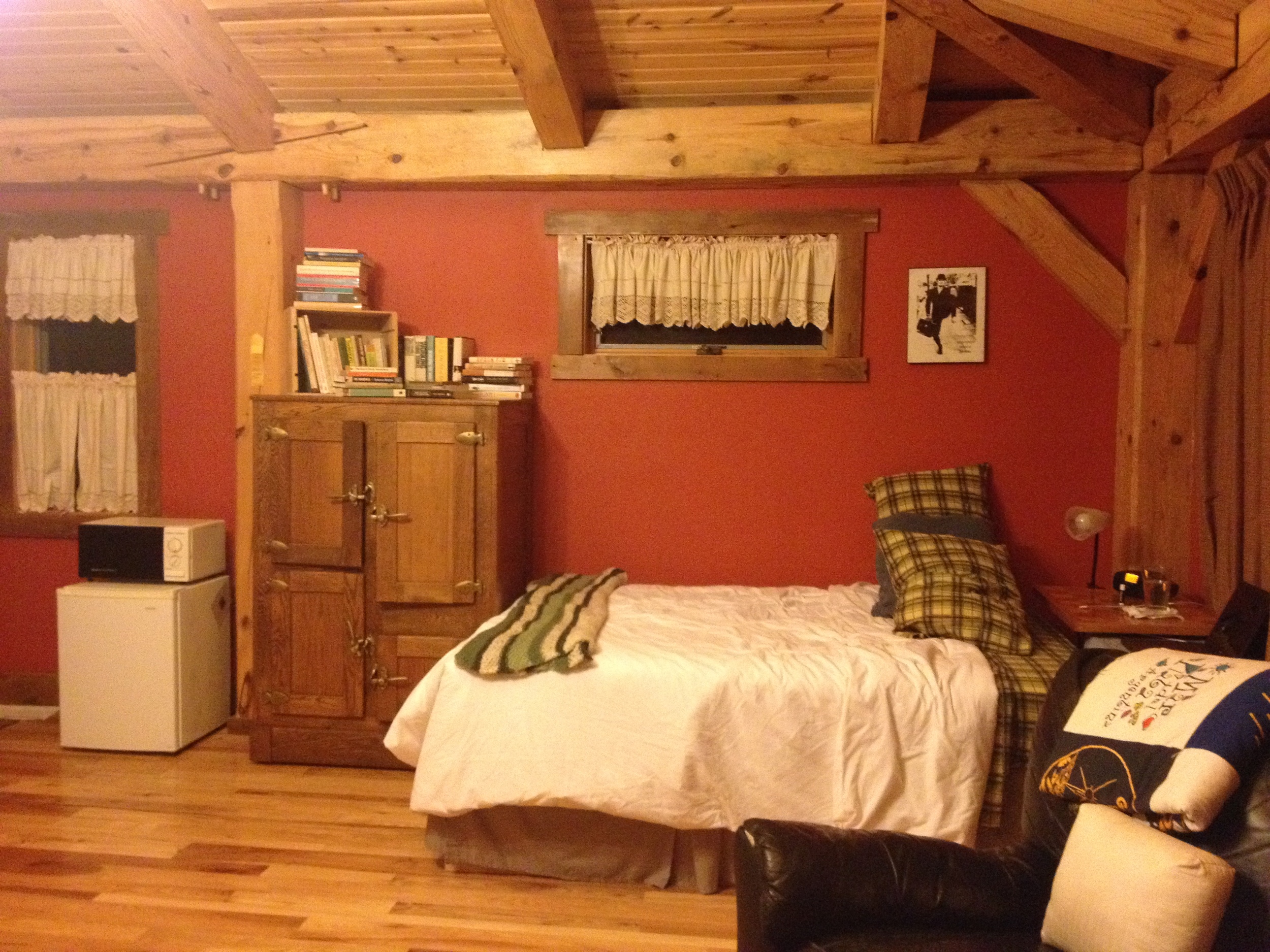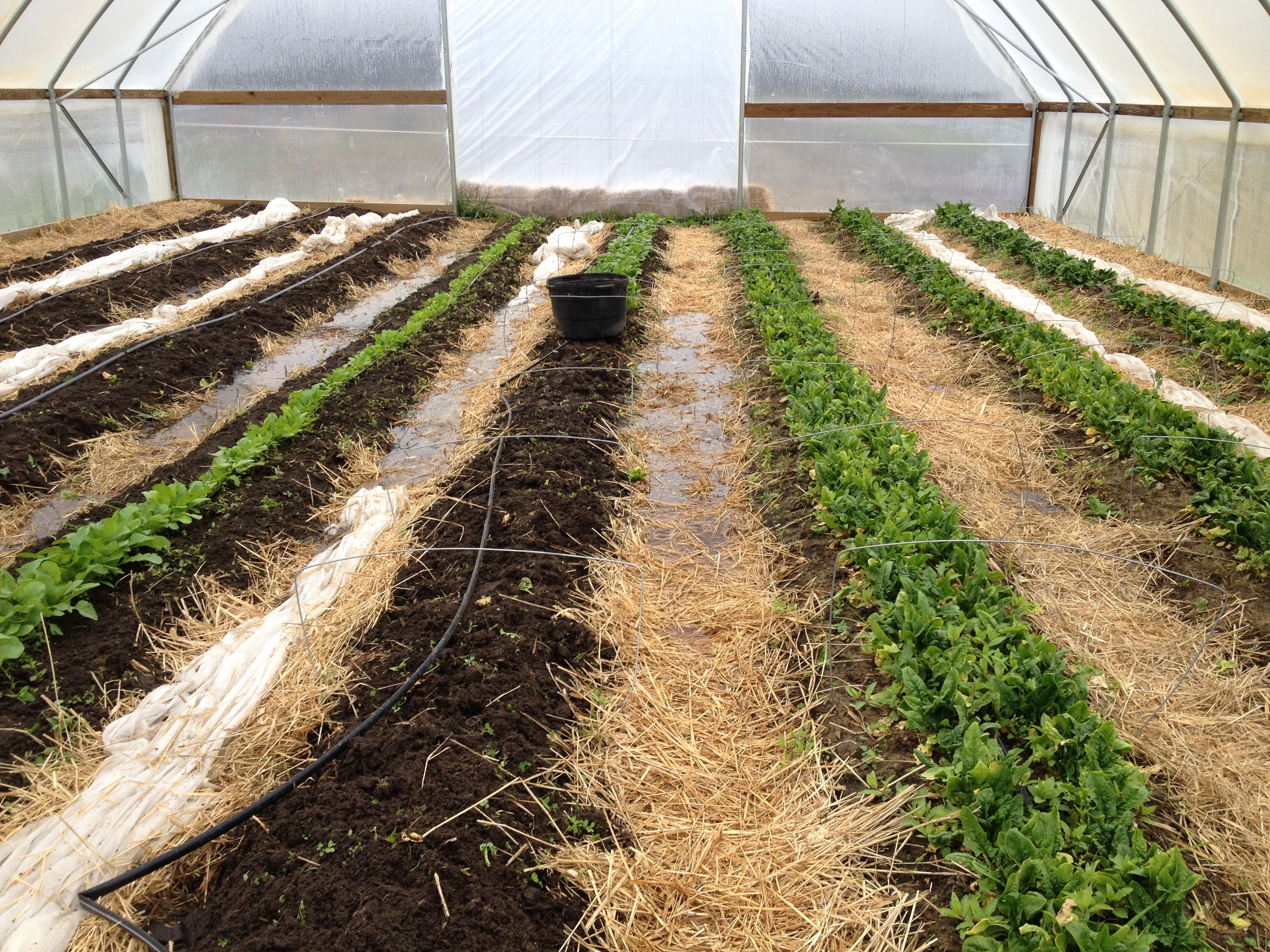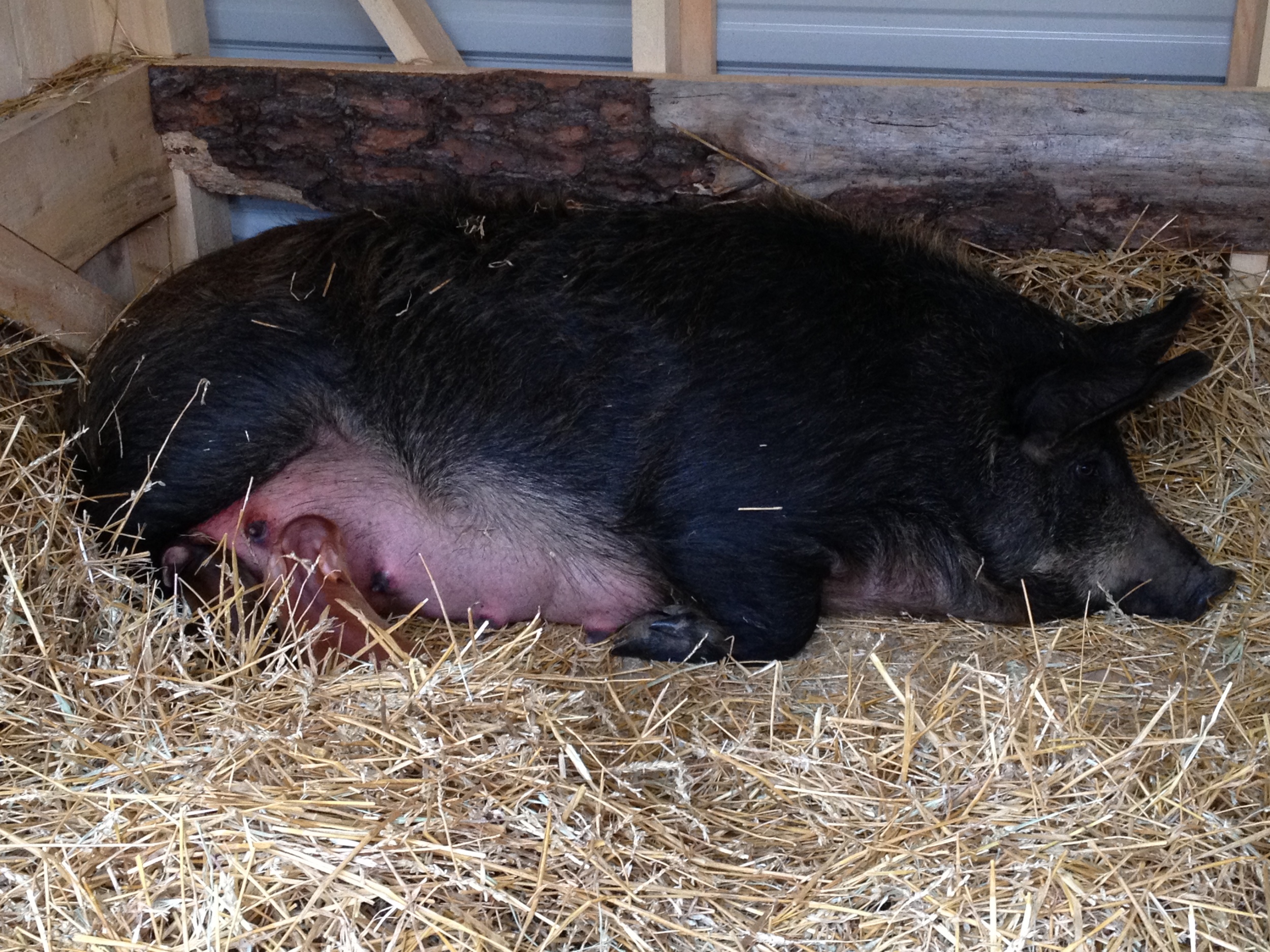Another busy week here on the farm. Some heavy downpours last weekend pushed back our plans for planting our outdoor tomatoes, but our greenhouse tomatoes are pruned and trellised and well on their way to production. Even with a soggy field, we kept filling up the field with food. As the field fills and the weather keeps up, we find ourselves staring down the start of a long and ongoing battle against the weeds. Now is the part of the season where we have to split our attention between finishing our seeding and transplanting, weeding the crops that are getting established, and harvesting for the CSA and markets. Complicating matters as always is the weather, which can alternately keep us out of the fields, fry us while we’re in the fields, or give the weeds a head start. As always, there is plenty to be done.
We also made our first cutting of hay on about five acres this week, and Mat used the horses for most of the process. I was only involved at the last minute (or last few hours, I guess). I drove the old Allis-Chalmers tractor around in concentric circles, pulling a baler and a hay wagon. Mat stacked the bales, and we ended up finishing in plenty of time before the rain started on Saturday afternoon. Sometimes I look at farm equipment and marvel at the ingenuity. Whoever thought of a way to pick up hay off the ground, arrange it in tight bales, and tie it off with twine was imaginative, to say the least. The machine seems to be the definition of a contraption, with its rhythmic clanking metal and constantly moving parts. Fascinating.
Thinking about: ingenuity, time management, rhythm
Eating: spaghetti with homemade cream sauce with ham, broccoli, and spring onions; arugula salads; french toast made with Renard’s buckwheat pear and hazelnut bread
Reading: Steven Apfelbaum’s Nature’s Second Chance: Restoring the Ecology of Stone Prairie Farm, Susan Bourette’s Meat: A Love Story, Plutarch’s Selected Essays on Love, the Family, and the Good Life









































